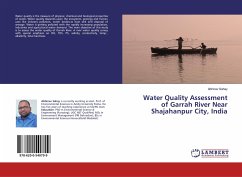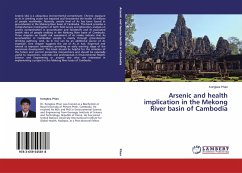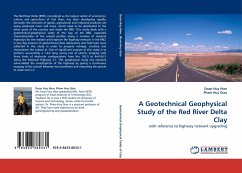Degradation of rivers in the urban areas has become a serious problem around the world. Though the causes leading to river degradation are diverse, disposal of solid and liquid waste, encroachment upon the river waterway and water extraction are some of the obvious causes of river degradation. The studies focusing on river degradation often limit the area of inquiries to the assessment of changes in the river hydrology, morphology and water quality. While these assessments are important, it is also immensely important to look into the consequences of river degradation- who are affected, how and to what extent? This study was carried out with the aim of evaluating the factors and processes leading to the degradation of Hanumante River and the cultural, religious and livelihood consequences therefrom and the adaptation of people depending on river for their livelihood.








